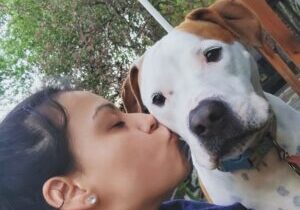One of the common problems dog owners face is determining what to do with their dog when they’re going to be away from home. The right answer depends on the type of dog and how long you’re going to be gone. Let’s look at what you should do with your dog when you’re going to be away from home, depending on the dog’s age, health and your time away. We’ll also address ways to make the transitions as smooth as possible and minimize the risk of problems.
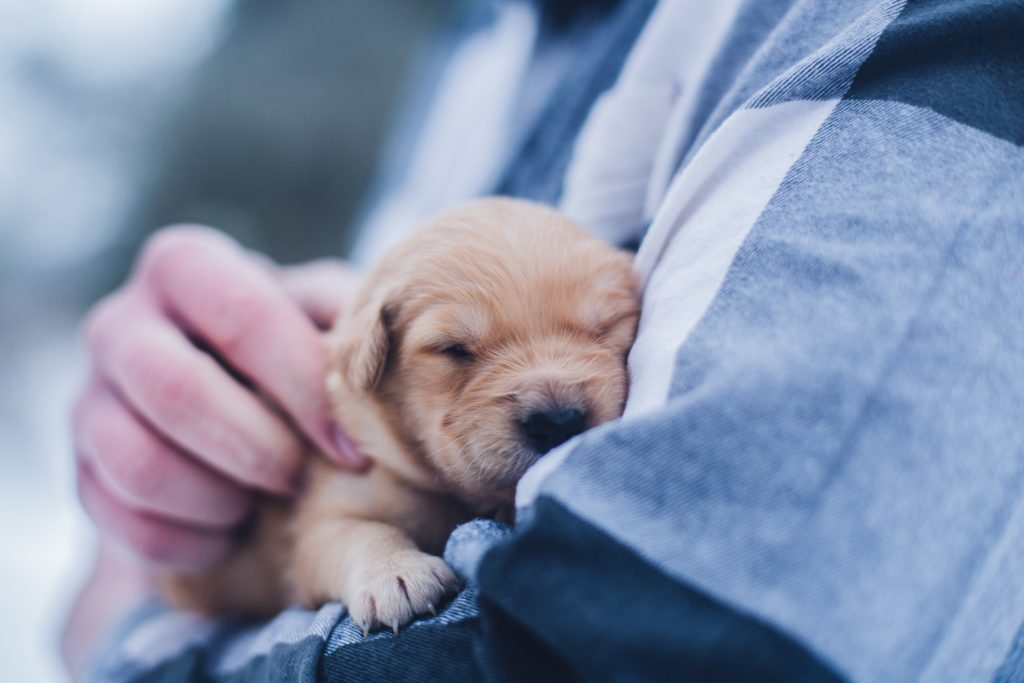
Caring for Your Puppy When Going Away
We’ll define puppies as any dogs younger than 18 months. Puppies that are paper training should be kept outside if the weather permits, let outside by a dog walker at least once during the day or boarded during the day at a kennel. It isn’t fair to leave a dog that doesn’t know how to wait all day to go poop outside and then punish it for pooping on the carpet.
A dog that doesn’t know what it can and cannot chew on and may be punished for chewing on shoes or ripping up furniture out of boredom would be better off at a sitter’s home during the day than left at home alone.
If you plan on being away for more than the work day, then it is essential to line up a dog walker or pet sitter to care for your dog. Traditional kennels aren’t the best option in our opinion as they can be stressful to your dog. In fact, at Fetch! Pet Care, we believe in cage-free pets. To learn more about our core values as your pet sitter matchmaking service, please follow this link.
If you’re gone for a work day, you can find ways to keep puppies engaged without making a mess of things, though you run a risk anytime you leave a puppy alone for an extended period of time (we’re talking down to the minutes & even seconds). Puppies may find your shoes, the cat’s litter box, and other entertaining things… unless you give them something to keep busy with like food dispensing toys, for example, they’ll spend all day trying to figure out what to do with themselves in an unhealthy manner. Food dispensing toys that release a few pieces of dry food will keep the puppy busy. Just make sure the food dispensing toys are durable enough survive a puppy chewing on them either as a surrogate chew toy or deliberate effort to get the food out.
Pro tip: Give puppies many chew toys, too, so they don’t feel a literal urge to chew on the furniture. Check the state of the chew toys at the end of the day so you can dispense with those that are starting to break up. This isn’t as much of a problem if the dog is at a sitter’s house during the day. If you’re trying to work up to leaving the dog home alone for the day, however, have “leave and come back” sessions where you practice the routine you’ll follow when leaving the dog home alone. If you will be taking the dog to a kennel, follow a similar routine, ideally visiting the kennel for behavioral training or grooming. Now the puppy won’t be so anxious when taken there for several hours because it has already been left there alone for an hour or two while learning how to heel or being bathed and groomed.
How to Handle an Older Dog When You Are Not at Home
Older dogs that can wait until you get home to poop outside can be kept at home during the day. Dogs with health problems, whether skin conditions or digestive problems, should be boarded. This allows the dogs to be supervised by humans who can give them medication as needed and clean up after them. If you’re away from home for more than a day, older dogs should be buddied up with a dedicated dog walker or pet sitter so that they are kept in a comfortable environment where their needs are met. Older dogs are typically too old to be trained, but regular human interaction will prevent them from developing adverse behaviors to cope with loneliness.
Older dogs that sleep a lot should still get exercise, though the amount depends on their health. Some may not want to go for a run but merely go outside. Older dogs need at least two “walks” for waste elimination each day, one at the start and one at the end, but it is healthier if there is a mid-day walk to let them let their waste out. It isn’t healthy for any animal to “hold it” for ten hours, but it is downright unhealthy for older dogs. They already have problems – and that’s without adding the risk of cystitis and urinary tract infections. If you cannot take the dog for a walk yourself on your lunch break, arrange for someone else to walk the dog or have the pet boarded at your local sitter’s home for the day.
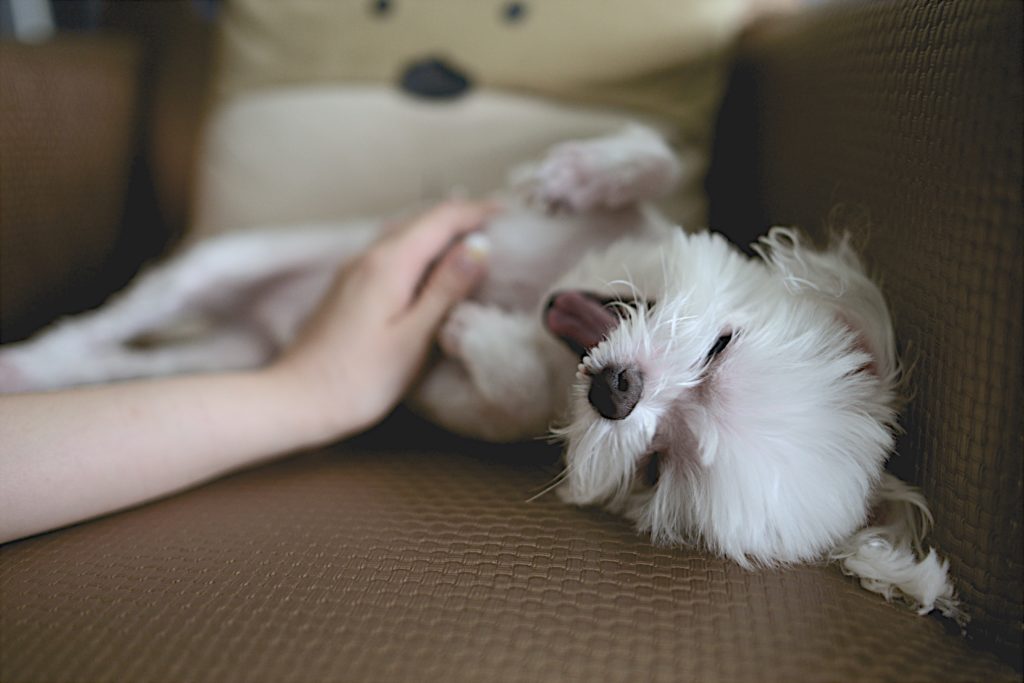
Keeping a Mature Dog Happy
Mature dogs, those dogs that are over a year and a half old, can wait until you arrive at the end of the day to poop outside and can be left at home during the day, though this isn’t the ideal situation. If you’re going to leave them for the day, then make sure you have a dog walker or pet sitter lined up to care for your pet. This ensures that the dog cannot possibly suffer from lack of water or food in your absence. Professional dog training is also an option for mature dogs, whether teaching them to heel instead of fighting other dogs or chasing critters into the street.
Getting two to three walks in a day when you’re away, whether by you, a dog walker or both, is enough to keep a happy, healthy mature dog comfortable when you’re away for a day or two. If you’re gone longer, even a healthy, mature dog may start to suffer from anxiety, boredom and develop behavioral problems.
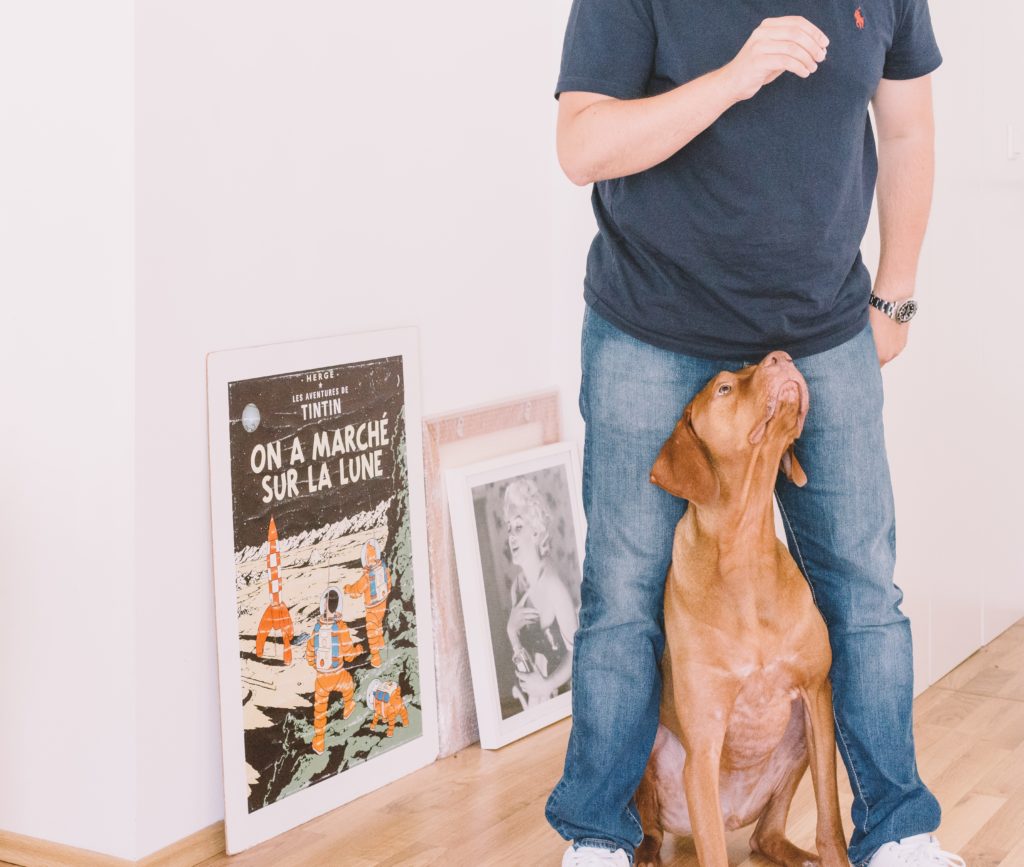
Tips for Caring for Your Dog When Away During the Day
One of the best ways to guarantee a happy pet and clean home when you return is to leave the dog tired when you leave. Instead of simply letting the dog outside to do its business, take the dog for a long morning walk. This wears the dog out so that it isn’t tempted to rip up the house out of boredom. It won’t feel the urge to run around the house and make a mess because it had a long walk. It is less likely to suffer anxiety and behavioral problems being home alone if it had a half hour walk with its owner in the morning. You should repeat this same behavior as soon as possible when you get home so that the dog is eager to see you and receives sufficient exercise. Give them a mix of trotting, running and just sniffing around.

Tips for Caring for Your Dog When Away for a Day and Night
Suppose you’re going to leave for work in the morning, stay overnight on a business trip, and return home at the end of the next business day. In this case, most dogs will be able to stay outside in the yard without major problems as long as they have ample supplies. Dogs kept inside must be visited by a dog walker to let them go outside at least twice a day to prevent accidents. Yes, most dogs can “hold it” for a day, but this increases their odds of developing cystitis and urinary tract infections. If you’re away during the day, the minimum necessary high-quality care for the pet is a dog walk in the middle of the day by someone else.
Leaving the dog outside all day, whether at work or away overnight, eliminates one risk for the pet while introducing others. While the dog can pee and poop where it likes, it now has the time to dig under a fence or try to jump over the fence. The odds of that go up if the dog is bored. You can reduce this risk by giving the dog lots of chew toys and other toys to play with outside and by playing with your pet in the morning before you leave.
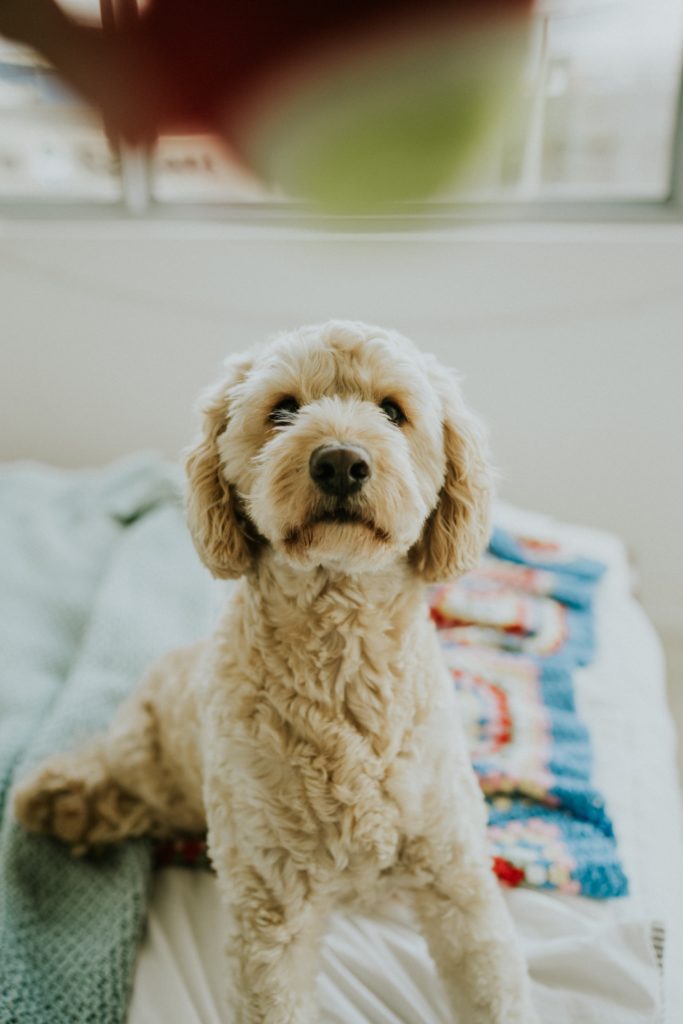
Tips for Caring for Your Dog When Away for Several Days
If you’re going to be away from home for a few days for a vacation, your dog should either stay with his favorite sitter, have regular visits from his dog walker, or even have his favorite sitter stay the night with him in your home. Some people think that a dog can be left inside of a fenced backyard if they have enough food and water. However, this logic has several flaws. First, you’re assuming the dog doesn’t spill the water and get dehydrated. Second, you’re assuming the dog doesn’t eat all the food only to throw it up or see its food eaten by other animals. Third, this ignores the risk your dog faces of exposure whether from heat or cold. Fourth, if you try to keep the pet out of trouble by tying its leash to a tree or a dog house, it may get caught up in the leash or the leash wrapped around a tree, leaving it unable to reach shelter or food and water.
Conversely, a dog that is being supervised by a professional will never suffer from exposure, hunger or thirst. And you don’t have to restrain the pet in an attempt to prevent it from getting away. The odds the pet will try to escape go up with boredom, and while a few chew toys and other toys may keep the dog happy while you’re at work, the odds the pet will try to dig its way out or jump the fence go up every day you’re gone.
Another solution is letting your dog stay with one of our sitters for several days, assuming they can feed, water and walk your dog at proper intervals. This produces less stress for the animal than being left alone, though it may create feelings of abandonment if done often. Do not assume that because the other person has dogs, that your dog will be happy. The only exception is if your dog has already demonstrated that it gets along with the other owner’s animals. You can try to encourage this relationship by going for walks with the other owner. Now your pet gets to know the other human and the other animal.
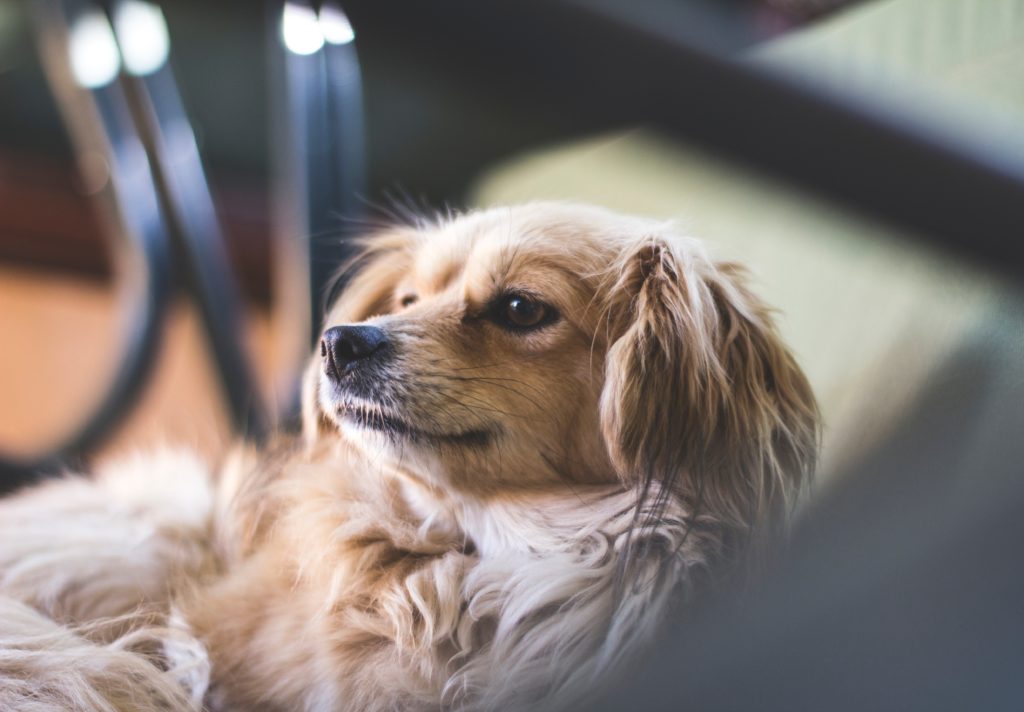
Tips for Caring for Your Dog When Away for a Week
Many people who leave the dog outside most of the time are willing to leave the dog outside for a week, as well, if someone is dropping by to make sure it has food and drink. Unfortunately, this increases the dog’s sense of loneliness and rejection. The restlessness and whining you see when you’re gone for the day become full-blown anxiety disorder and can turn into behavioral problems if the pet is essentially abandoned for a week in the yard.
Others think that they can leave the dog in the house, checked on by a dog walker who refills the food and water bowl. This does minimize the risk that the dog will escape and prevents it from being stolen. Yet being left alone outside is emotionally traumatic for a pet, especially one that expects to be indoors all the time. The emotional impact is less severe if there is another pet for company but only somewhat.

Conclusion
Puppies, old dogs, and ill dogs are better off when they have a Fetch! Pet Care sitter or dog walker to look after them, even when you’re at work to minimize behavioral problems and health concerns. If you’re going to be gone for more than a day, you should arrange for a dog walker to check on the pet at a minimum. Boarding the dog at a sitter’s home is the better choice since it prevents the dog from making a mess in your home or regressing behaviorally.
Whether you’re gone during the day or a day and a night, your pet needs to be walked several times a day. Don’t assume that this is enough to keep your pet happy. A variety of pet toys and healthy, regular interaction with you several times a day when you are home is essential to your pet’s happiness. Taking the time to keep your pet happy and socialized helps prevent destructive behaviors or outright regression. If you cannot arrange sufficient dog walking or dedicate enough time at the start and end of the day for your pet’s emotional needs, consider leaving your dog with his favorite sitter. This is doubly important if training a puppy that cannot yet understand that you’ll be back in a few hours or the need to wait a few hours before going potty.

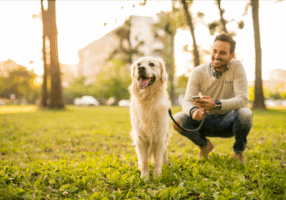
![A happy Fetch! Pet Care client and caregiver [A happy Fetch! Pet Care client and caregiver]](https://fetchpetcare.com/wp-content/uploads/bb-plugin/cache/Imagen1-300x200-landscape-eab2b2598c5471a2e8b7f216eb2fdf09-.jpg)


